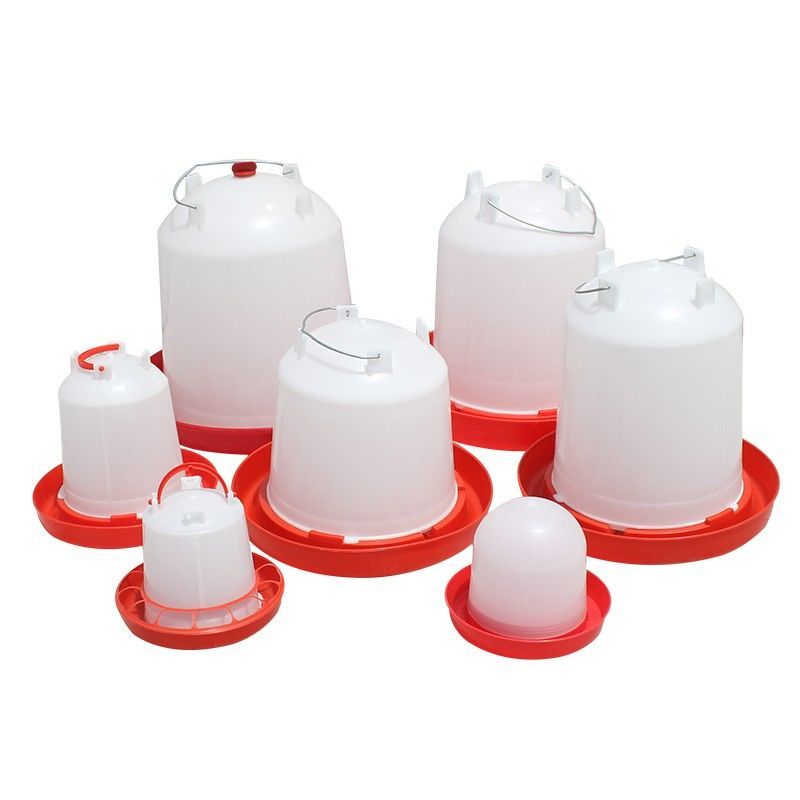feed pellet cooler
Nov . 11, 2024 08:14 Back to list
feed pellet cooler
Understanding Feed Pellet Coolers Enhancing Quality and Efficiency in Animal Feed Production
In the realm of animal feed production, the efficiency and quality of feed pellets play a crucial role in livestock health, growth rate, and overall productivity. One integral component of the pelleting process is the feed pellet cooler, a device designed to lower the temperature of the pellets post-extrusion, thus preserving their nutritional value and facilitating optimal storage. This article delves into the importance of feed pellet coolers, their working principles, and the benefits they provide to feed manufacturers.
The Necessity of Cooling
After the pelleting process, feed pellets typically exit the die at elevated temperatures, often exceeding 80 degrees Celsius. At such temperatures, the moisture content of the pellets can lead to spoilage, nutrient degradation, and the growth of harmful microorganisms. Therefore, cooling is essential not only to make the pellets safe for storage but also to enhance their durability during transportation and handling.
Working Principles of Feed Pellet Coolers
Feed pellet coolers primarily operate on two principles air and water cooling. The most common type is air-cooled systems, where ambient air is used to remove heat from the pellets. In this process, hot pellets are conveyed through a cooling chamber, where cool air is forced through them, absorbing heat and moisture.
Another method is the water-cooling system, which involves spraying a fine mist of water on the pellets as they pass through a cooling unit. This method is particularly effective in rapidly reducing temperature, but it requires careful management to avoid excess moisture, which can lead to spoilage.
Types of Feed Pellet Coolers
Feed pellet coolers come in various designs, each suited for different production capacities and requirements. The two main types are batch coolers and continuous coolers. Batch coolers are ideal for small to medium-sized operations, where batches of pellets are cooled at a time, allowing for more precise control over the cooling process. In contrast, continuous coolers, designed for large-scale operations, allow for the simultaneous processing of pellets, providing higher efficiency and throughput.
feed pellet cooler

Benefits of Using Feed Pellet Coolers
1. Improved Pellets Quality Cooling pellets effectively reduces the chances of spoilage and nutrient loss. Maintaining optimal moisture levels ensures that the feed retains its intended nutritional profile, which is critical for animal health.
2. Enhanced Storage Life Properly cooled pellets have a significantly longer shelf life. By reducing the risk of mold and bacteria growth, feed manufacturers can store pellets for extended periods without compromising quality.
3. Reduction of Energy Costs Efficient cooling systems can lead to diminished energy consumption during the pelleting process. By ensuring that pellets are cooled effectively, manufacturers can minimize the need for excessive refrigeration during storage.
4. Increased Production Efficiency Modern feed pellet coolers can be integrated into automated systems, enhancing overall production efficiency. This allows for a streamlined workflow and reduces labor costs, as fewer manual interventions are needed.
5. Protecting Equipment High-temperature pellets can cause wear and tear on subsequent processing equipment. By utilizing a cooler, manufacturers can protect their machinery by sending cooled pellets to downstream processes.
Conclusion
As the demand for quality animal feed continues to rise, the role of feed pellet coolers becomes increasingly critical in the production process. By investing in efficient cooling systems, feed manufacturers not only improve the quality and longevity of their products but also enhance operational efficiency. Thus, understanding and implementing effective cooling solutions is paramount for any business aiming to thrive in the competitive field of animal feed production.
-
Hot Sale 24 & 18 Door Rabbit Cages - Premium Breeding Solutions
NewsJul.25,2025
-
Automatic Feeding Line System Pan Feeder Nipple Drinker - Anping County Yize Metal Products Co., Ltd.
NewsJul.21,2025
-
Automatic Feeding Line System Pan Feeder Nipple Drinker - Anping County Yize Metal Products Co., Ltd.
NewsJul.21,2025
-
Automatic Feeding Line System - Anping Yize | Precision & Nipple
NewsJul.21,2025
-
Automatic Feeding Line System - Anping Yize | Precision & Nipple
NewsJul.21,2025
-
Automatic Feeding Line System-Anping County Yize Metal Products Co., Ltd.|Efficient Feed Distribution&Customized Animal Farming Solutions
NewsJul.21,2025






